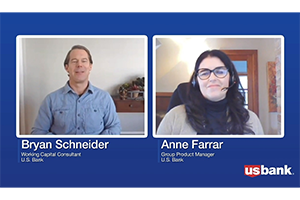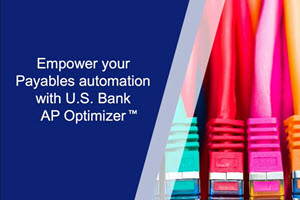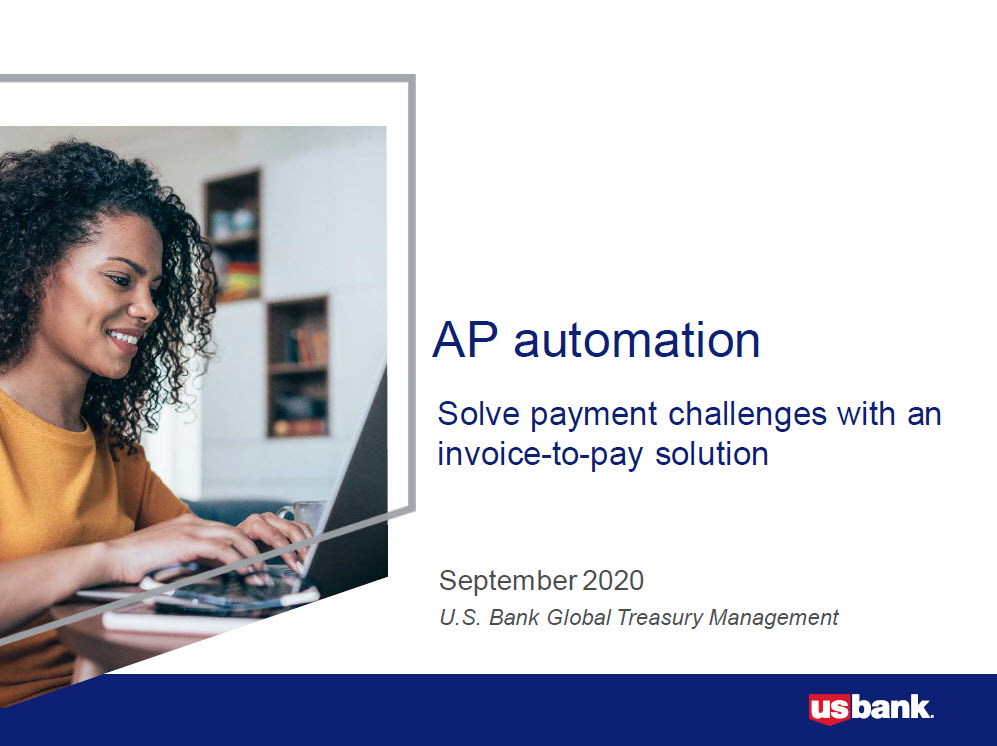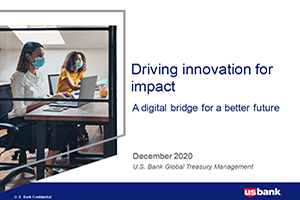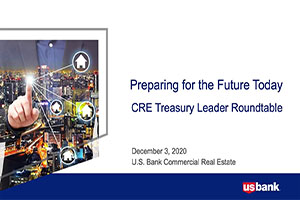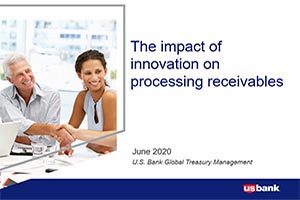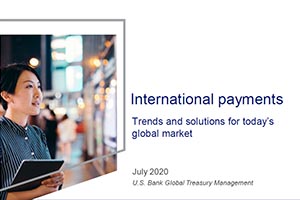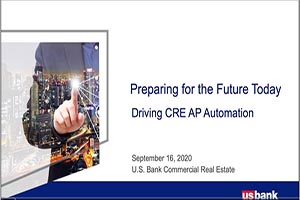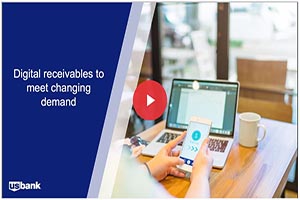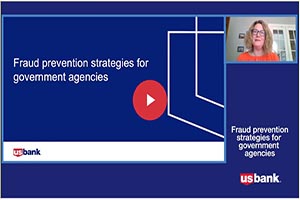The adoption of digital experiences has accelerated in the past few years as people everywhere embraced the speed and convenience of online and mobile channels.
Constituents are gravitating to easier, environmentally friendly ways to pay, opting for a quick tap of their card or mobile device, accessing an online government payment portal, or paying via secure text or email.
Today, a whopping 75% of U.S. bill payments1 flow through digital channels – approximately $4 trillion. If your organization is still relying on paper billing, you’re missing out on the opportunity to get paid faster, accelerate cash flow, save resources, and offer better experiences for your constituents. Plus, a growing cohort of citizens—especially millennials and GenZ—expect sustainable policies from organizations in their communities. Not only does switching from paper to digital billing improve collections and decrease expenses, it also builds constituent trust and loyalty.
Let’s take a closer look at how digital billing platforms increases revenue, decrease expenses, and build constituent confidence.
From “in line” and “in the mail” to instant online payments
State and local governments can eliminate the hassles of creating, printing and mailing bills, waiting for payments, mailing overdue payment reminders, and phoning citizens to collect balances. An electronic bill presentment and payment (EBPP) solution creates a digital invoice, which solves for these challenges.
Use an EBPP solution to manage regular, periodic billing, like utilities payments as well as to collect payment for individual transactions, such as tax payments, vehicle registrations, parking tickets licenses, and permits.
Citizens no longer need drive to crowded government offices and queue up to pay. Instead, they can pay their way, using their preferred digital channel and payment method—credit card, debit card, ACH/E-check, Apple Pay, Google Pay and more.
- Online: Add a “Pay Now” button to your websites, portals, emails, apps, and digital statements/correspondence.
- Over the phone: Use an Interactive Voice Response (IVR) solution.
- Remote billing: Email or text citizens a request to pay an invoice from any browser-connected device.
- Automatic and recurring payments: Set up auto pay features and recurring payments.
- At kiosks: Add self-service stations in government offices, transit stations, and local supermarkets.
Operational benefits of EBPP for the public sector
One of the most common pain points for government entities is getting paid on time and accurately. In addition to improving citizen satisfaction, full-service digital billing and payment solutions improve cash flow and create operational efficiencies at a time when governments are facing declining budgets. Unlike paper billing processes, citizens are much more likely to pay a bill on time when presented with an easy way to click on a button or reply to a text or email. The same holds true for overdue notices; citizens are more likely to pay a past-due bill when presented the ability to click and pay right away.
EBPP solutions do more than present a digital bill and take a payment. Smart bill pay management features provide end-to-end visibility, management and support throughout the billing process. Administering payments becomes easier with features such as text and email alerts, digital reminders, balance and payment history, and on-demand reports. Citizens’ payment information is consolidated in electronic billing records no matter how they paid for a bill: online, in-person, over the phone.
Digital billing boosts staff productivity by eliminating manual data entry and paper billing processes. Labor shortages put a burden on government agencies, so the more automated processes become, the more time is freed up to allow limited staff to focus on activities and projects that benefit the public in the communities they serve.
Security builds citizen trust
Data breach events and ransom attacks are increasingly making headlines, jeopardizing government reputations. Prioritizing security makes good operational sense. The average cost for each lost or stolen record containing sensitive and confidential information is $150.2 A high-profile breach can cause long-term damage to your reputation, leading citizen confidence in the payment operation to plummet.
Choosing an eBilling provider that maintains a Level 1 PCI DSS certification with breach assistance for your organization extends peace-of-mind and helps lower the costs and complexities of managing PCI DSS compliance and validation. Citizens’ payment details are encrypted and tokenized so that, even in the event of a breach, records are useless. Additionally, tokenizing the payment data makes it easy to set up recurring billing programs and to securely share payment preferences as citizens move across channels.
Modernize now
Connecting with the right payments partner can make all the difference in the success of your modernization effort. Contact us to learn how we help government agencies maximize payments with our full-service, payment processing and billing solutions.





















